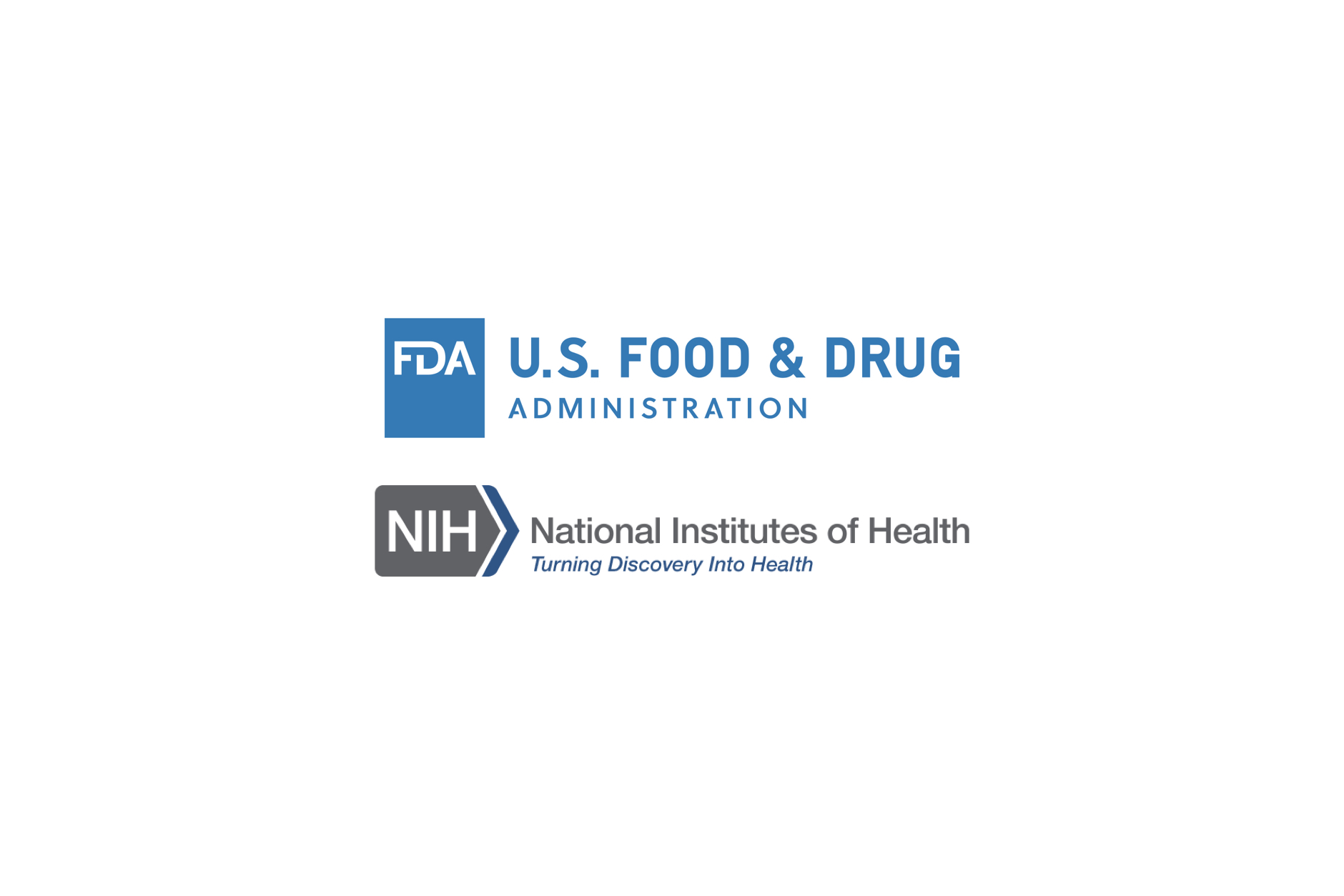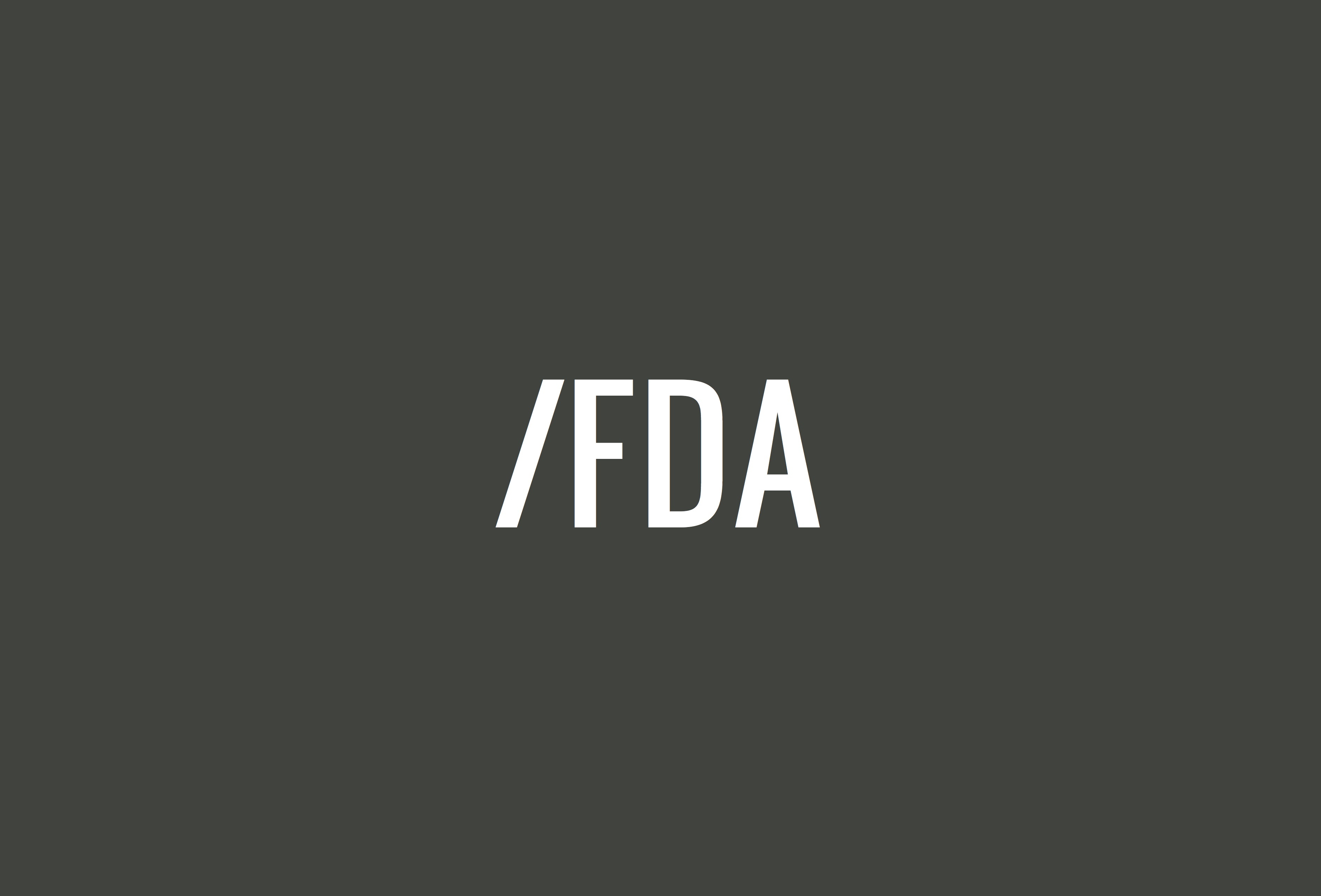The U.S. Food & Drug Administration (FDA) and the National Institutes of Health (NIH) have announced $18 million in funding for the new Center for Rapid Surveillance of Tobacco (CRST).
It’s a project aimed at providing the agencies with more data about how tobacco products are sold and marketed. Most importantly, the CRST is designed to produce the data quickly. This is a direct response to the rapid rise in popularity of e-cigarette and vaping products, especially amongst youth. The government’s health agencies were caught off guard by how quickly these products became popular and have admitted that the existing protocols—ones largely based on FDA’s work regulating cigarettes, smokeless tobacco and medical products—were not prepared to address a new novel product like vaping.
The CRST is being led by eight faculty members from Rutgers University with 13 “co-investigators” from the Roswell Park Cancer Institute, East Carolina University, Stanford University, the University of Kentucky, The Ohio State University, Columbia University and Westat, Inc.
“Nothing like this has ever been attempted before now,” said Cristine Delnevo, director of the Rutgers Center for Tobacco Studies and principal investigator of the rapid surveillance center, in a press release. “No one has collected such comprehensive information, let alone organized and disseminated it rapidly. We think it will provide the FDA with meaningful and timely data to inform their congressionally authorized regulation of the tobacco market.”
The $18 million grant is over a five-year period.
“The goal here is to shorten the time between identifying a signal and fully understanding it since these large data systems that FDA and CDC rely on are difficult to modify quickly to capture emerging tobacco products. Rapid tobacco surveillance will help FDA not only with appropriate enforcement and regulatory responses but will also help evaluate the impact of pending policy changes, like a ban on menthol in cigarettes. Will people who smoke menthol cigarettes quit? Switch to non-menthol cigarettes? Switch to e-cigarettes or nicotine pouches? Our goal is to monitor market and consumer changes as close to real time as possible.”
An NIH proposal outlined what the agencies are looking for from the CRST:
Rapid surveillance of changes in tobacco product use behaviors:
- Changes in tobacco use behaviors (e.g., type of tobacco product, quantity, frequency) among youth, young adults, and other populations with tobacco-related disparities such as racial/ethnic minorities, those with lower socioeconomic status, people with mental health comorbidities, and sexual or gender minorities, underserved rural populations, those pregnant or trying to become pregnant, and those in the military or veterans , and factors that contribute to their use behaviors, e.g., access, labeled product characteristics (e.g., brand, packaging, nicotine concentration, flavors, components, design features), price promotions, advertising, social media marketing, social media discussions
- Changes in how youth, young adults, and populations with tobacco-related disparities access or obtain tobacco products
- Emerging use behaviors such as:
- · Users adjusting the components, ingredients, or features of their products (including devices and/or contents) and the result of those modifications
- · Users producing their own flavored tobacco products (including mixing their own flavors into ENDS liquids or refilling e-liquid cartridges with their own mixtures).
Rapid surveillance of tobacco product marketing:
- Describe recent changes in the mechanisms or platforms of current tobacco product marketing in traditional and non-traditional communication channels, including owned or earned media, social media influencers, brand ambassadors, outreach events, or other digital marketing of tobacco products.
- Describe recent changes in industry tobacco product marketing strategies, including retailer (online or brick and mortar), promotional practices, such as point-of-sale marketing, price promotions, coupons, and/or affiliate marketing. Is there evidence that these marketing strategies have disparate effects on populations with tobacco-related disparities?
Rapid surveillance of tobacco product marketplace:
- Describe recent changes in the tobacco retail environment for existing and/or emerging tobacco products including traditional stores such as grocery, convenient, and “big-box” stores, and gas stations; as well as tobacco specialty shops such as vape shops, “head” shops, cigar bars and hookah bars.
- Describe recent changes and/or trends in tobacco product sales in tobacco specialty shops (e.g., vape shops, cigar bars, hookah bars), as well as online retailers, for deemed tobacco products (e.g., ENDS, cigars, hookah/waterpipe) and products that have recently obtained a marketing authorization.
The following types of studies are considered non-responsive to this RFA:
- Human laboratory studies, e.g., topography, fMRI
- Laboratory analysis of tobacco products, e.g., smoking machine, device analysis
- Biospecimen collection or analysis
- Environmental scan of policies


